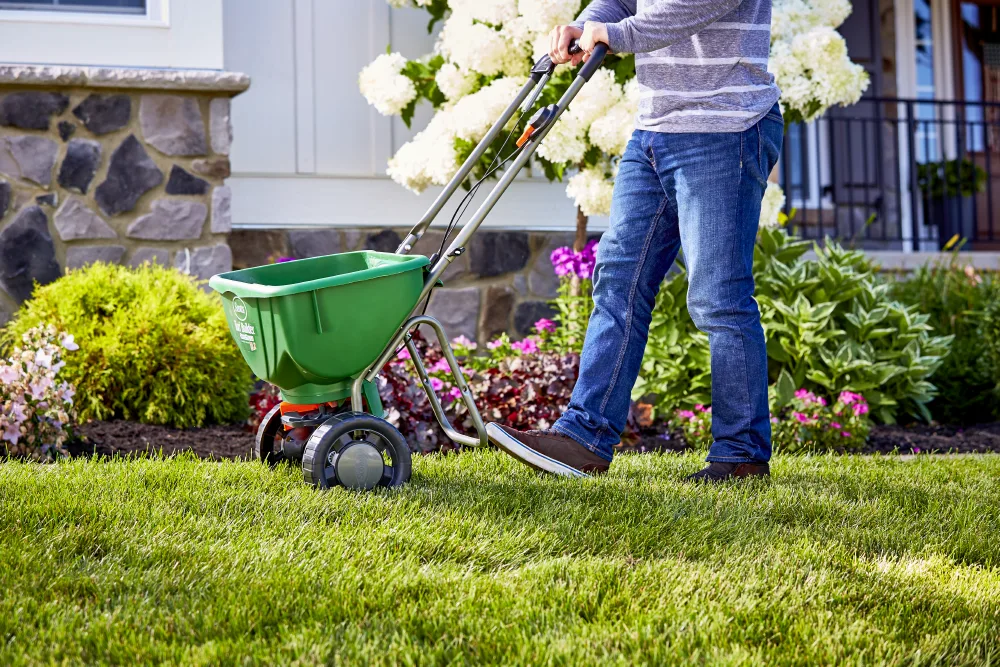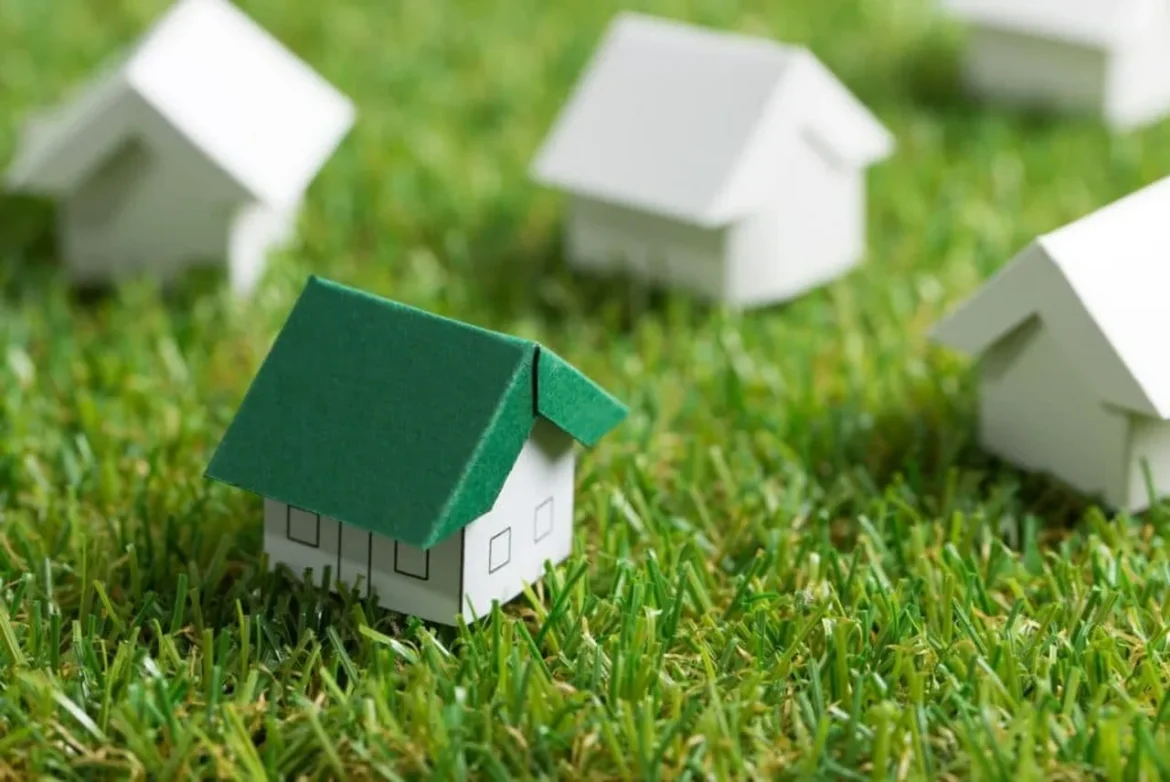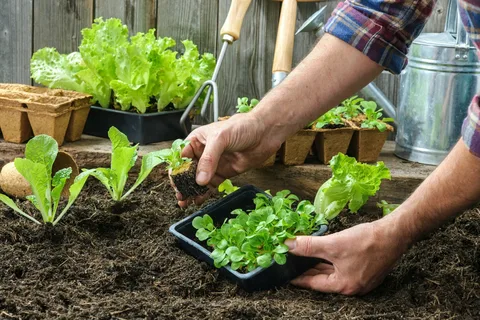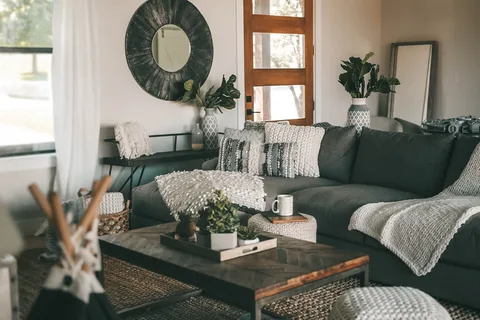Taking care of your garden throughout the year can feel like a lot of work, but with a little planning, it’s easy to keep your plants healthy and vibrant no matter the season. The key to successful garden care is understanding what your plants need in each season and adjusting your gardening routine accordingly.
In this guide, we’ll explore essential gardening tasks for every season—from preparing your garden in the spring to protecting your plants in the winter. By following these tips, you’ll ensure that your garden remains beautiful and productive year-round.
1. Spring: Awakening Your Garden
Spring is the season of new beginnings and growth, making it one of the most exciting times for gardeners. The soil begins to warm up, and your plants come out of their winter dormancy. It’s a time to prepare your garden beds, plant new seeds, and establish a healthy growing foundation for the months ahead.
Key Tasks:
-
Clean Up Your Garden: After winter, your garden may have debris like dead leaves, sticks, and old plant material. Clean up the garden beds to prevent pests and diseases. Remove any dead annuals, trim back perennials, and clear away any weeds that might have sprouted.
-
Test and Amend the Soil: Spring is a great time to test the pH and nutrient levels of your soil. If your soil is too acidic or alkaline, consider adding amendments like lime or sulfur to adjust the pH. You can also add organic compost or well-rotted manure to improve soil structure and fertility.
-
Start Seeds Indoors: If you’re planning to grow vegetables or flowers from seed, now’s the time to start them indoors. Plants like tomatoes, peppers, and herbs can be started in seed trays and moved outside after the last frost date. Use a grow light if you don’t have a sunny windowsill to ensure strong, healthy seedlings.
-
Prune and Shape: Spring is the best time to prune many shrubs and trees to encourage healthy growth. Focus on removing dead, damaged, or diseased wood. If you have fruit trees, pruning them early in the season can help them produce a better crop.
-
Plant Cool-Weather Crops: Early spring is perfect for planting cool-season vegetables like peas, lettuce, spinach, and radishes. These crops can tolerate chilly weather and thrive in the cooler temperatures of early spring.





